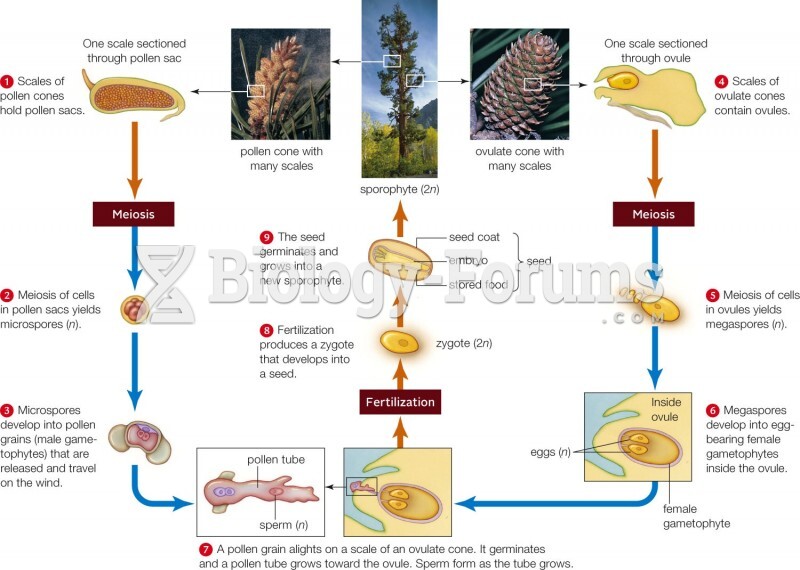This topic contains a solution. Click here to go to the answer
|
|
|
Did you know?
A strange skin disease referred to as Morgellons has occurred in the southern United States and in California. Symptoms include slowly healing sores, joint pain, persistent fatigue, and a sensation of things crawling through the skin. Another symptom is strange-looking, threadlike extrusions coming out of the skin.
Did you know?
If you could remove all of your skin, it would weigh up to 5 pounds.
Did you know?
On average, the stomach produces 2 L of hydrochloric acid per day.
Did you know?
In 1864, the first barbiturate (barbituric acid) was synthesized.
Did you know?
The horizontal fraction bar was introduced by the Arabs.







